Tahereh Sheerazie is a fabric artist, landscape designer, educator, and avid hiker. In this conversation, she discusses her artistic and design inspirations, her views on education, and her work establishing a school garden in Shigar, Pakistan. You can learn more about her on Instagram and the world wide web. The image above depicts a screen-printed and embroidered fabric panel by Tahereh Sheerazie.
All images provided courtesy of Tahereh Sheerazie.
AG: You are an artist and a garden designer (obviously, those need not be separate things). Could you describe your art practice?
 Tahereh Sheerazie (TS): They call my work “Fabric Art” in today’s parlance. I call it “reusing fabric scraps of any color, shape, size and texture.” Mostly, the resulting ‘art’ that I produce is a quilt. From time to time, I use the fabric to simply collage together abstract depictions (unintentionally) of the garden and all that encompasses its life.
Tahereh Sheerazie (TS): They call my work “Fabric Art” in today’s parlance. I call it “reusing fabric scraps of any color, shape, size and texture.” Mostly, the resulting ‘art’ that I produce is a quilt. From time to time, I use the fabric to simply collage together abstract depictions (unintentionally) of the garden and all that encompasses its life.
I used to be a co-owner of a clothing company, so I have had access to infinite supplies of fabric. I also come from a culture where our clothing uses lots of fabric: there is never a shortage of cutting up a shalwar, a kamiz, a gharara, a sari or a duppatta that have seen their day.
AG: What motivates your work as an artist?
TS: The simplest way I can describe what informs my art is that it is an expression of being me.
The seasons, the mood, the conversations, personal and/or political, the time of life, are all aspects [of me] that drive the compositions. Fabric pieces are the ink that write the words, which are sometimes really simple to express but are often complex ideas that I have no other way to describe eloquently except by putting all the pieces together.
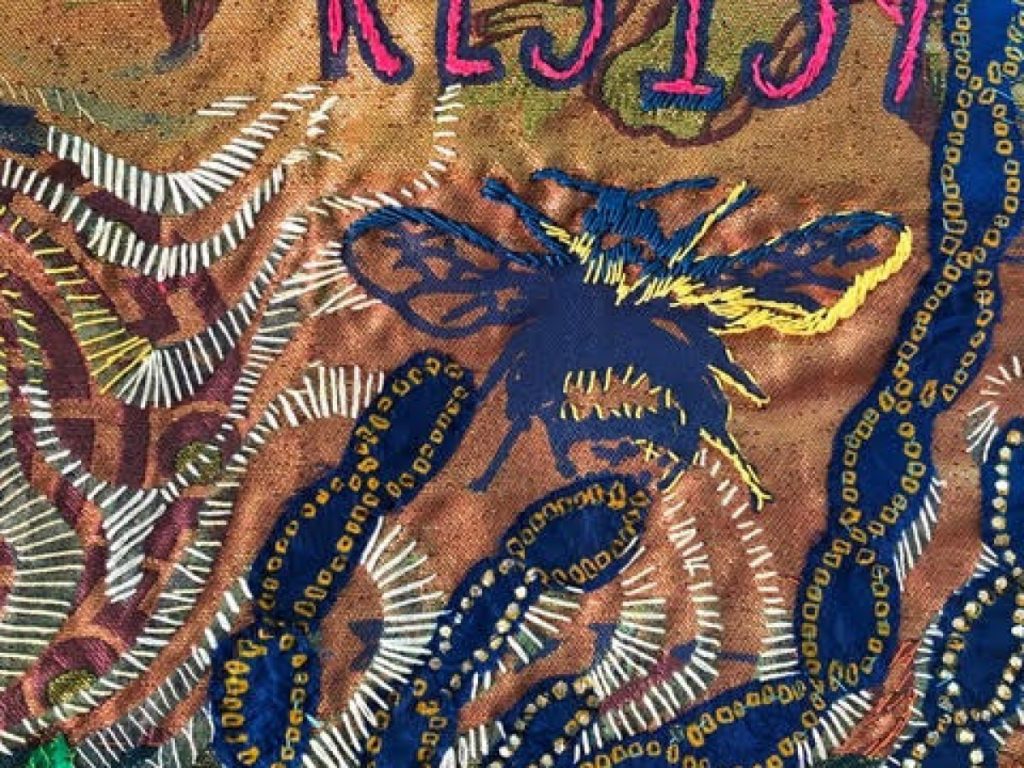 detail from recycled fabric, screen-printed and embroidered
detail from recycled fabric, screen-printed and embroidered
AG: How is your work influenced by the natural world or by gardens and gardening?
TS: Over a decade ago, before succulents and car parts became a thing, I began to work as a “plant artist” creating succulent compositions in old car parts. Over time, instead of just sticking to confined spaces for plants, contorting out of rotors, manifolds, radiators and fans, I began to expand the same ideas to gardens. The work naturally lent itself to garden design.
Many of those early planted pieces were reflections of mountain trails that I have traversed here at home and in the distant Karakorums and Himalayas of Pakistan. It was not a conscious effort, but an intuitive reflection of how deeply the mountains inform my life.
flowering front yard in Pasadena home garden, April 2020
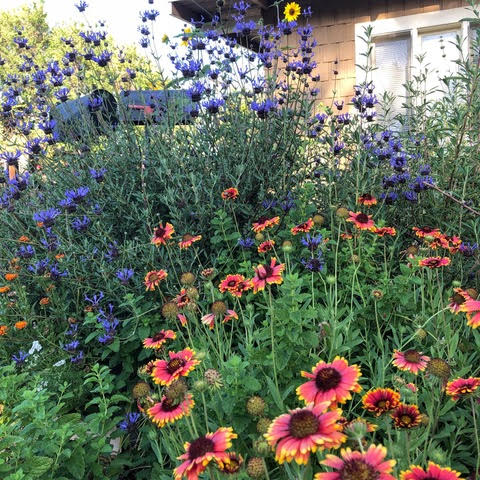 My garden design work follows a similar pattern to the planted pieces but is much more difficult to execute. If you asked me to lay sod and plant a tropical or European style garden, I’ll say it’s against my religion! If you ask me to design a native plant garden, on the other hand, I’ll get really charged and go on-and-on about its benefits.
My garden design work follows a similar pattern to the planted pieces but is much more difficult to execute. If you asked me to lay sod and plant a tropical or European style garden, I’ll say it’s against my religion! If you ask me to design a native plant garden, on the other hand, I’ll get really charged and go on-and-on about its benefits.
AG: How did you become interested in gardens and gardening? Did you have an epiphany or did your interest build more gradually?
TS: Neither gradual or sudden – my connection to gardens is simply my nature. I’m told that, as a child, I would be in the garden all day long, singing to the plants, talking to them and cooking up stories till I would come indoors at meal times.
My father gardened every spare (and not so spare) minute of his life. I learned the slow processes to success and failure in the garden, from him. I learned to experiment and take unthinkable risks in the outdoor arena and let nature take the lead. Teenage angst was allayed by hugging and talking to tree trunks. Later, as an adult, I pushed my not-always-aesthetic design ideas on my father’s garden, which worked some of the time, and bombed most of the time! I was always making outlandish ‘flower arrangements’ with all sorts of plant material, and I still am!
Gardens have been my ‘education’ and my home; whether a staid lawn with rows of flowers and vegetables and fruit trees in Quetta’s British cantonment [military garrison] houses of my childhood, a hot and muggy Karachi backyard, a small balcony in a West LA apartment, a sprawling West Pasadena canyon garden, a vegetable garden in a village home in the foothills of the Karakorum mountains, or a granny unit in Pasadena.
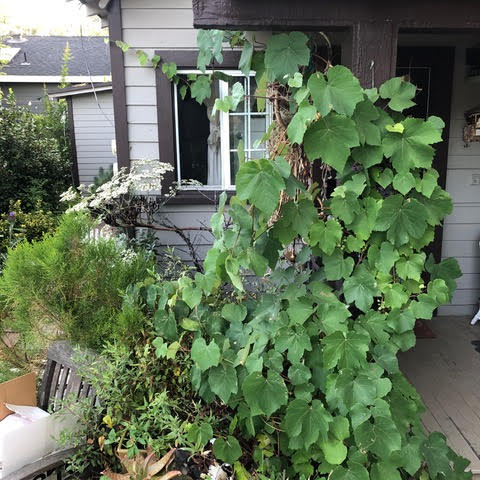 native grape, Coyote Bush, and St. Catherine’s lace in Pasadena home garden
native grape, Coyote Bush, and St. Catherine’s lace in Pasadena home garden
AG: Do you see a connection between gardens and pedagogy? What role do you think gardens play in learning?
TS: My own experience in a traditional classroom of four walls and a door, crammed with 30-plus children, sitting somewhere at the back, was one of the most painful experiences of grade school years.
But recess in those hot, sunny, shade-less playgrounds in uniforms was heaven!
So by the time I came to teach in a garden setting, going on ten years now, I was convinced that, for children, hands-on outdoor learning, encompassing all subjects, is the natural way to learn. It is a place where learning is done in context, becomes real and three dimensional, making it possible to see its real world value in real time. A place where small risk taking leads to well thought responsible risks in adulthood. Building confidence in yourself from the get go.
Even when a child is irritated, frightened, or uncomfortable in the elements, the child is curious about it. Even curious about fear.
Taking learning into nature is a way to keep the child’s curiosity and learning alive, knowing that tomorrow is another wondrous day waiting to be discovered. I have seen this particularly with children who learn differently and or have a physical disability. I think that the current pandemic has finally propelled educators the world over to look at outdoor learning with a renewed wider, deeper, more urgent lens.
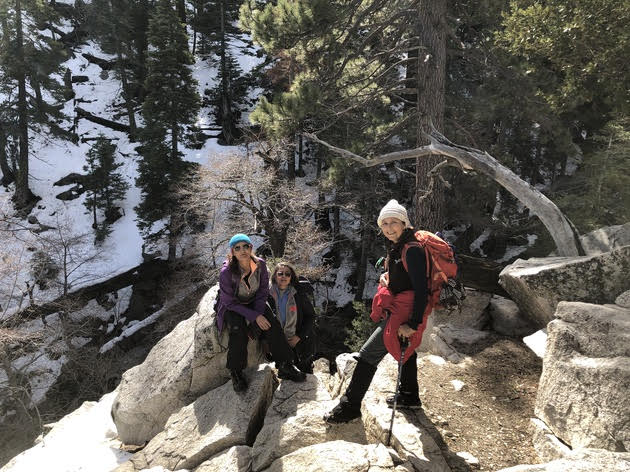 hiking the Burkhart Trail in Angeles National Forest with friends
hiking the Burkhart Trail in Angeles National Forest with friends
AG: I have read that you are an avid hiker! What is a favorite hike? And does hiking relate to your art and pedagogy?
TS: Right here at home, I would say the higher elevation trails of the Angeles National Forest. Further afield, a place called Shirin Maidan to Raminj in the Chapursan valley of Upper Gojal, Pakistan.
Hiking, gardens, and art go hand in hand in my playbook. The trails are like French doors that open and shut between the house (my head) and the outside (the garden). Every trail with its myriad textures, colors, smells, and sounds is an inspiration for coming home and creating something that in some way replicates those senses.
learning design principles from the landscape in Shigar, Pakistan
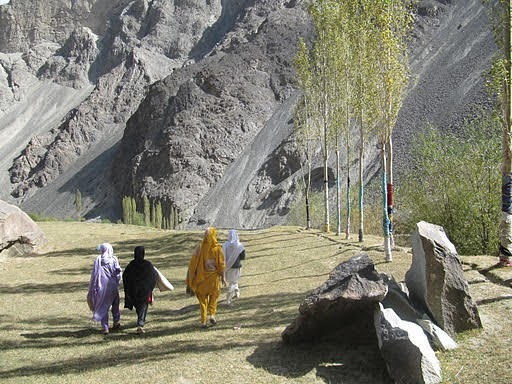 AG: In 2009, you worked with the Aga Khan Cultural Service Pakistan to develop a teaching garden in Shigar, Pakistan. Would you mind briefly talking about that amazing project and how it has affected your work or life in the years since?
AG: In 2009, you worked with the Aga Khan Cultural Service Pakistan to develop a teaching garden in Shigar, Pakistan. Would you mind briefly talking about that amazing project and how it has affected your work or life in the years since?
TS: It was my treks in the Karakorums and the Himalayas of Pakistan that connected me to the people of those faraway valleys. It led me to wanting to do more than just hike in the summers. My divorce was a window of opportunity to leave Pasadena for a while, put a distance between myself and my new reality, and be of use to the people and place that I had grown to love.
The short consultancy with AKCSP [Aga Khan Cultural Service Pakistan] to design a garden at the Abruzzi school in Shigar –and teach design to five of their female Shigri interns – was serendipitous. It was nothing that I had planned. It fell in my lap, I guess, because I was looking.
To teach five young women who barely spoke Urdu comfortably, let alone English (I didn’t speak a word of their native language, Balti), landscape design through a book was a challenge! After a month of classroom lessons, I decided to chuck the books and take the girls into the landscape to observe and understand design principles from nature! This was an education for myself, and it made learning more pleasant and the lessons understandable and applicable for the students. Suddenly, very few words were needed, and lots of sharpening of the senses instead.
The interns completed the school’s garden design and presented their plans to AKCSPs junior architects. However, there was no money for AKCSP to implement their plan. So I set out to make it happen myself. I spent the next five years raising funds, gathering volunteers, going back and forth to Shigar in the summers, and finally living with a local family for two years throughout the school year (March to November) so I could truly understand the vernacular and the reality on the ground for the students and their families.
At the time of my consultancy, the school was not operational. But, by the time I came back with funds to implement the interns’ plans, 60 students had enrolled! So we worked the plans all over again. This time with two young architect volunteers, Currim Suteria and Ibtesaam Pooya, who guided the school’s children to design their garden. It was ultimately this first batch of students of the Abruzzi school who laid the foundational plans of their school garden design.
I could see clearly that the old rote memorization methods by which we were taught (and these village kids were still being taught), were so harmful to real learning. To have a ‘teaching garden,’ as it came to be called, was the simplest route to put their book knowledge to practices they were so familiar with already; being that Pakistan is an agrarian country and, as children of farmers, they already knew the methods of science and math. Simply connecting the dots!
I wanted them to be proud of their grasp on the systems of their ancestral land and their deep connection to it, and value their contribution to the world, instead of being ashamed to be lowly farmers, as they saw themselves.
After a two-week garden-based intensive teacher training session, which I conducted in my last summer in Shigar, I was loath to leave, but my one-child family, closest friends and the trails of the San Gabriels were all in California. I wanted and needed to be much closer. I packed my bags once again and came back to Pasadena.
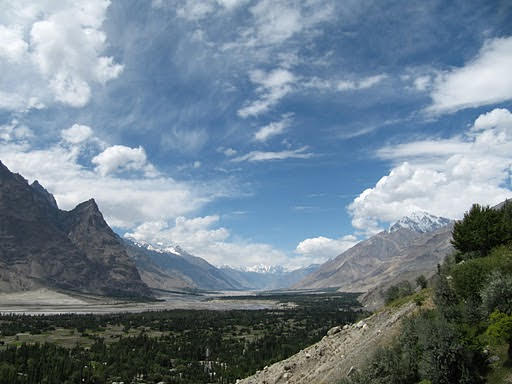 Shigar Valley, Baltistan, Pakistan
Shigar Valley, Baltistan, Pakistan
SPEED ROUND
AG: Do you have any advice for gardeners during the pandemic?
TS: This is your moment in history. It is the ‘science’ of art and gardens that will guide the birth of living a conscious grounded life and lessen the anxieties of struggling with a pandemic.
AG: What was the last great book (article, film) on art or gardening that you read (watched)?
TS: I’ve been reading The Overstory by Richard Powers. It fascinates me, but I’m struggling with it even as it continues to weave itself in-and-out of other books that I’m reading. “Honeyland” is a movie I thoroughly enjoyed watching and highly recommend.

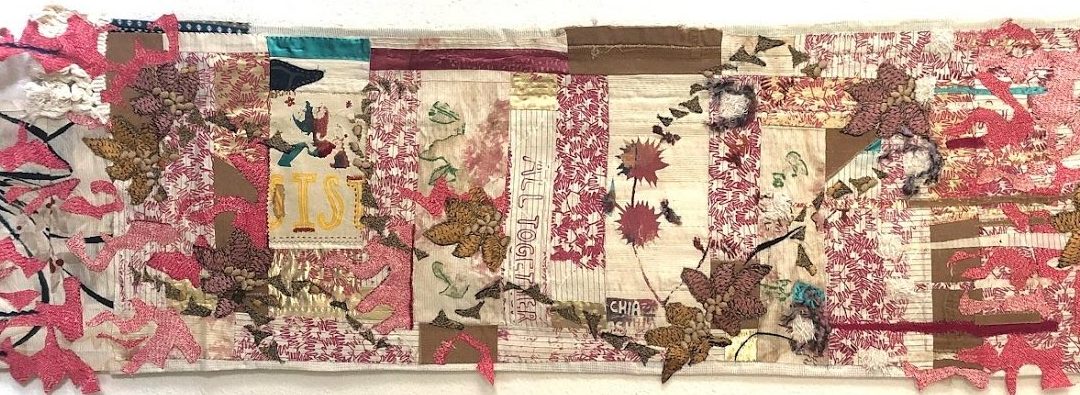

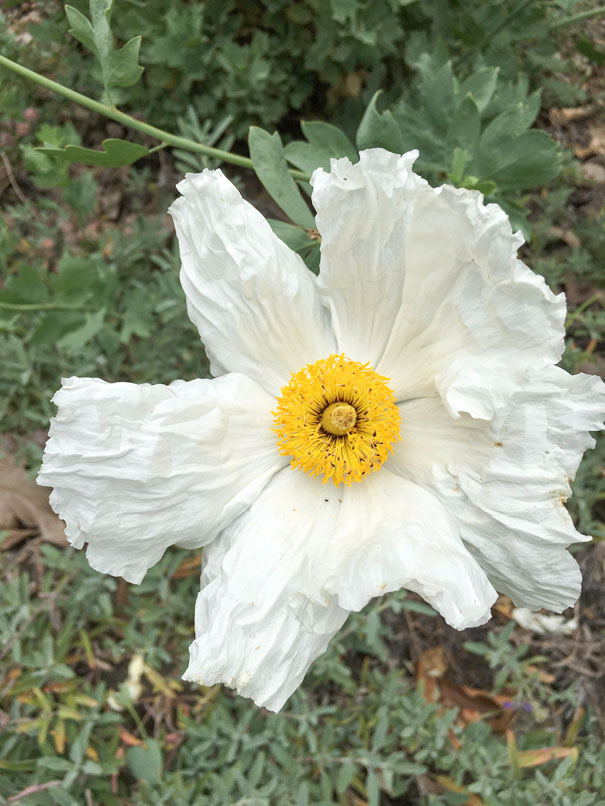
Recent Comments